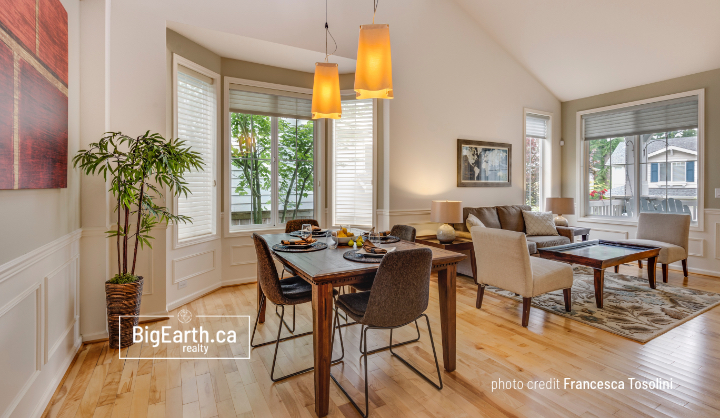By Luke Babich – staging your home
https://www.msn.com/en-us/money/realestate/4-brilliant-tips-for-staging-your-home-by-yourself/ar-BBZn6WV?ocid=ob-tw-enus-810
Staging your home by yourself – Any good chef knows that presentation is as important to a dish’s appeal as the food itself, and the same principle applies to selling your home.
Staging your home to maximize its appeal has real, measurable benefits; according to the National Association of Realtors, every $100 you invest in home staging can bring a return of $400. And one top professional home stager found that a staged home sells for an average of 17% more than non-staged homes, and 87% faster than non-staged homes.
That’s a massive impact for something that costs, on average, $675.
Still, $675 is no small sum, and besides, it’s not that hard to stage your home yourself. At its core, staging a home is about accomplishing two complementary goals: showing the home off to its greatest advantage, and leaving physical and conceptual space in the home to allow potential buyers to visualize their own tastes.
Let’s go over four easy ways to accomplish that.
1. Increase lighting
Buyers can’t appreciate your home if they can’t see it. Amp up your lighting to make your home look vivid, welcoming, and cheerful. A bright home looks clean and confident like you have nothing to hide.
When staging your home start out by doing a “light audit” of your home. Open all the curtains and turn on all the lights. Note which areas need more light, and install additional lighting where you can, aiming for around 100 watts for every 50 square feet. While you’re at it, replace outdated light fixtures, and consider converting to LED lights, which give you more lumens for less energy.
Think about light tone, too. Excessively cool white light can seem sterile and unflattering; experts suggest softer tones, and some home stagers use light pink bulbs, which can be flattering to skin tone and is easy on the eyes. The brightest white bulbs should be reserved for settings like bathroom vanity lighting, where you want clarity and a lack of shadow.
Keep in mind that problems with dimness might be decor-related as much as light-related. Dark walls or furnishings can make a brightly-lit room seem dull and underlit; swap out dark-colored furnishings for light neutrals, and if you don’t want to repaint dark walls, use diffuse lighting to brighten as much area, as evenly as possible.
And if you have high ceilings, make sure you direct some light sources upwards, so the overhead space doesn’t become oppressive.
When staging your home, of course, bright light isn’t necessarily always better. Researchers at the University of Toronto found that bright light has a tendency to intensify emotional responses. So if your home is appealing, brighter lighting will make it seem even more appealing.
But if your staging isn’t as good as it can be, dim lighting could actually drive buyers away. Think of bright lighting as the icing on the staging cake, not the cake itself.
2. Remove clutter and personal items
As a general rule when staging your home, you’ll want to remove at least half your belongings from your home before showing it. This isn’t a knock on your stuff; it’s just that a less-cluttered space looks bigger, and lets buyers see the true dimensions of a room.
(But don’t remove all your stuff. Paradoxically, an empty room looks smallest of all.)
Furniture is often the biggest culprit when it comes to overstuffed homes. Once you’ve removed half or more of your furniture, move the rest of it away from the walls, and arrange it into small, intimate groupings toward the center of rooms, making sure to leave obvious traffic routes. This will make the space seem more spacious and welcoming.






